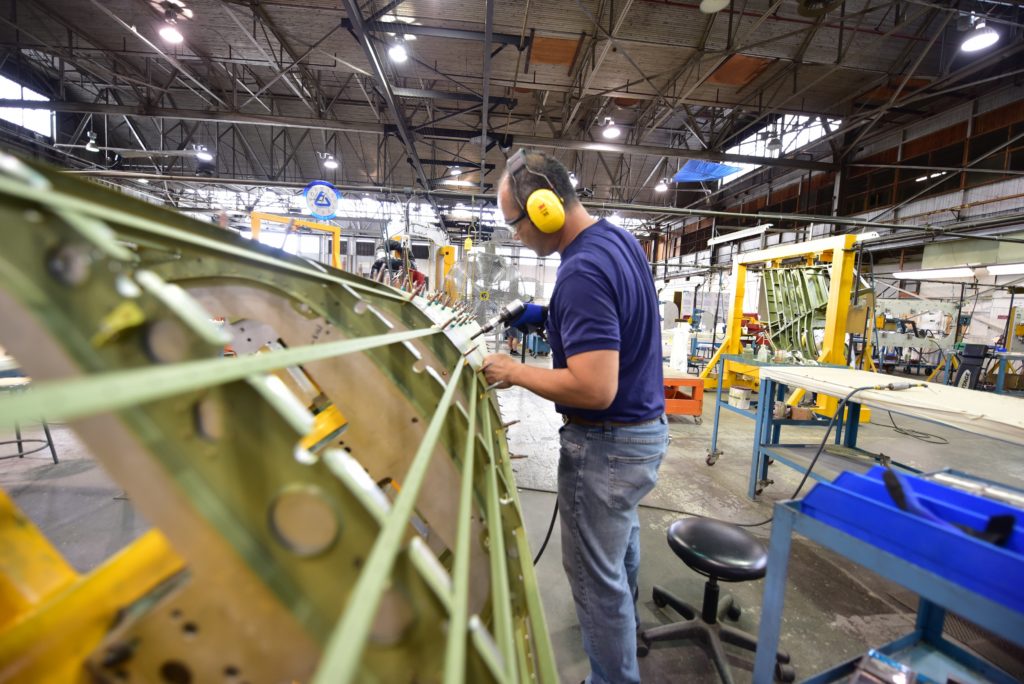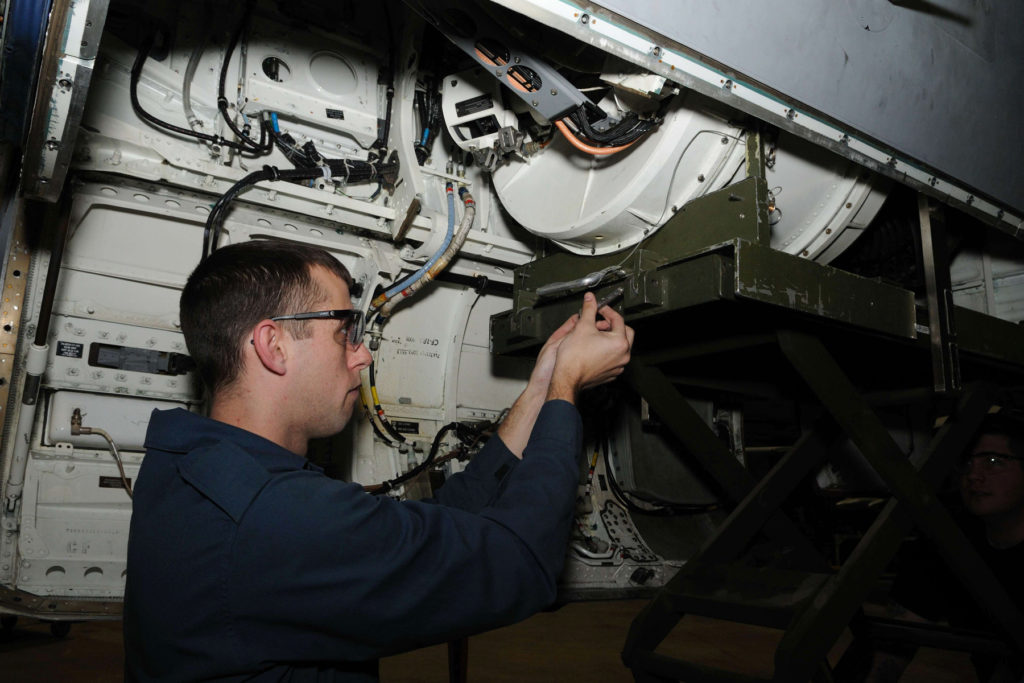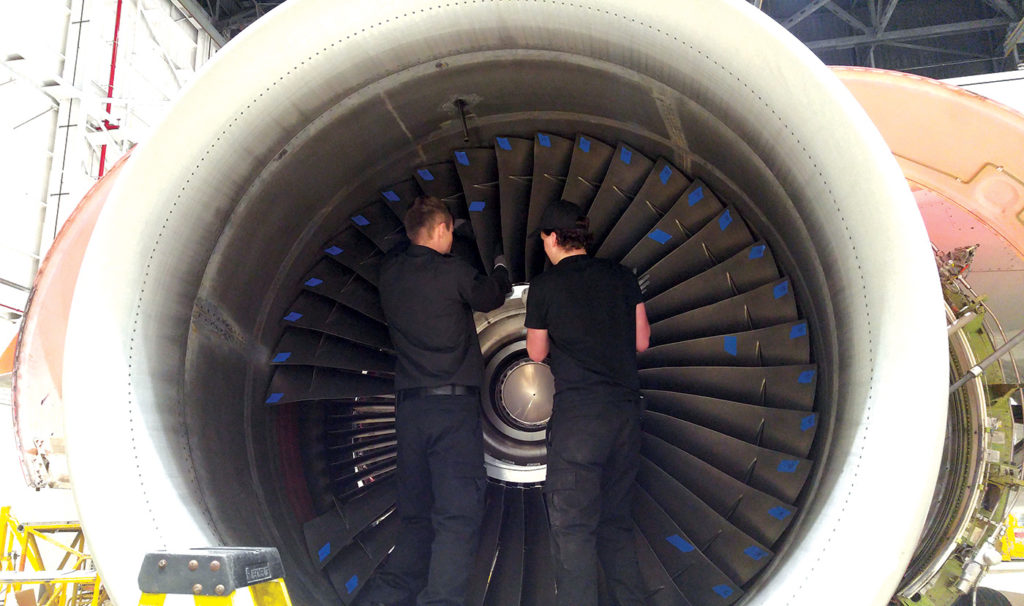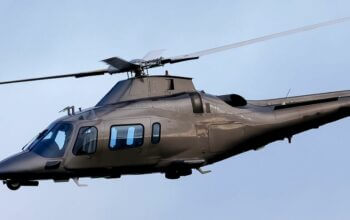Estimated reading time 7 minutes, 52 seconds.
Over the past year, we have seen a wealth of aerospace and aviation companies offer incentive-based apprentice placements and internships to help combat the well-documented labour shortage. These programs aim to draw interest in the sector as a viable career option, and not only for pilots, but in all facets of the business.

It’s undoubtedly a positive thing to see original equipment manufacturers (OEMs) and maintenance, repair and overhaul (MRO) companies take it upon themselves to fill the holes in the workforce with self-funded, paid internships. But what about companies that don’t have the resources to run such a program, yet still look to take initiative and find a solution to the shortage?
The Canadian Council for Aviation & Aerospace (CCAA), a non-profit organization dedicated to adequately staffing the Canadian aviation and aerospace sectors, is one of the major delivery partners for work placements in the aviation and aerospace sector, under the Student Work Placement Program (SWPP; previously known as Student Work Integrated Learning Program, SWILP).
Funded by the Government of Canada, the SWPP is a work placement program providing wage subsidies of up to 50 to 70 per cent of the wage cost — to a maximum of either $5000 or $7000 per work placement — to employers offering work-integrated learning placements to eligible post-secondary students. The higher subsidy, $7,000, is reserved for first-year students or those who fall into the category of underrepresented groups, including women in STEM, Indigenous people, and recent immigrants. The program started in 2017 and will run until March 2022.
Kethy Sosso-Kolle, project co-ordinator with the CCAA, is understandably optimistic about the SWPP’s potential outreach, saying they’re expecting to have created 1,000 student work placements by the time it’s over.
“The government of Canada had an initiative with $4.8 million in funding to put into aviation and aerospace work integrated learning placements,” said Sosso-Kolle, outlining how the council established the SWPP.

At the time of publication, the program had been underway for two years — the halfway point — and the numbers suggest the project has been successful.
“At this time, we’ve funded over 60 companies ranging from small to large businesses, and over 500 student placements,” she told Skies. “Eighteen per cent of which were women and 62 per cent of which were first-year students.”
The emphasis on first-year students is paramount, according to Sosso-Kolle, because “it shows that first-year students are encouraged and will stay in the program. [Just being in a classroom], they can be frustrated and not sure whether or not they want to stay. But by working in the industry, they gain more confidence and carry on … feeling more confident in what they’re learning at school.”
A crucial step in giving students that sort of experience is ensuring they know what is available to them. According to Sosso-Kolle, the CCAA knows this and has made exposure a priority by strategically keeping an open line of communication with post-secondary education institutions in order to cement the SWPP as a viable option for students.
“We are regularly in contact with post-secondary education representatives,” she explained. “So if they have a co-op program, that’s usually who we talk to or, for programs that don’t necessarily have the co-op department, we get in touch with program co-ordinators and we let them know that there’s funding available. We also have the information about the full program distributed through other regional and national industry associations.”
On the other side of the coin, if a company is unaware of the available subsidy, yet a student has their eyes set on working there under the SWPP, Sosso-Kolle explained that the student need only advise CCAA of the situation.
“Although we cannot oblige their employer of choice to join this full program, I’ve quite often told students that there’s no way that their employer would not benefit from this,” she said. “Usually if a student reaches out to us and says I want to work for [a company], and they’re not sure if they’re a partner, well that’s usually the time I say, ‘Let me know who you’re speaking to at [the company] and we’ll let them know.’ ”

“Then we reach out and say, ‘You were about to hire this student, did you know that you could actually get funding for that?’ ” she continued.
To register for the SWPP funding, both employers and students need only visit the CCAA’s website, and complete the appropriate employer or student form, following the eligibility requirements. For students still looking for a work placement, they can join the CCAA’s job matching service through Magnet — an employer/employee matchmaking program. Along with funding incentive-based work placements, the CCAA has a new project in place to help new or underemployed Canadians get their certification in aviation and aerospace faster.
“It’s not for the licence trades; it is certification of other trades,” said Theresa Davis-Woodhouse, CCAA’s director of project management. “We provide a self-assessment screening tool and practical testing for individuals looking to enter the Canadian aviation and aerospace maintenance and manufacturing labour market. We work with job seekers to expedite certification towards in-demand occupations; we provide advice and guidance on what is needed to achieve full certification. By completing a self assessment, job seekers initiate a file that we review and match against a database of employers and positions.”
“That’s one way of getting more workspace in aviation and aerospace,” added Sosso-Kolle. “We’re also doing outreach with the Canadian Aero/Space Skills Network to reach out to more individuals, more youth, about working in aviation and aerospace.”
While it’s definitely a positive sign to see industry players take it upon themselves to draw new workers in, it has to be reassuring for aviation and aerospace to see the federal government take a vested interest in tackling the labour shortage. With programs like the SWPP, the CCAA is doing what it can to supplement the employees needed across all corners of aviation and aerospace.








